056- Issues with Measurement in Science and Clinical Practice – Dr. Samuel Howarth
Dr. Samuel Howarth is an Associate Professor, Director of Human Performance Research and the McMorland Family Research Chair in Mechanobiology at the Canadian Memorial Chiropractic College. He also holds adjunct positions at Ontario Tech University, University of Toronto, University of Guelph and Memorial University of Newfoundland. Dr. Howarth obtained his PhD in kinesiology from the University of Waterloo in 2011, focusing on biomechanics and more specifically related to the spine. His current research is directed toward biomechanical analysis of human movement focusing on functional tasks used in daily life and clinical practice. A fundamental component of this work, and scientific inquiry in general, is measurement and data handling. Once a topic primarily relevant to researchers, the proliferation of low-cost sensors capable of providing clinicians with a seemingly unimaginable amount data extends the conversation on the acquisition and interpretation of measurements to the clinical environment.
Please see Dr. Samuel Howarth’s research profile at researchgate.net and check out his google scholar page also. Further information and links to his research can be found at the Canadian Memorial Chiropractic College website.
Below are the articles Dr. Samuel Howarth and I discuss in this episode:
|
1.
|
Investigator analytic repeatability of two new intervertebral motion biomarkers for chronic, nonspecific low back pain in a cohort of healthy controls.
Chiropr Man Therap. 2020 Nov 24;28(1):62. doi: 10.1186/s12998-020-00350-5.
PMID: 33228737 Free PMC article. |
|
2.
|
Does manual therapy affect functional and biomechanical outcomes of a sit-to-stand task in a population with low back pain? A preliminary analysis.
Chiropr Man Therap. 2020 Jan 24;28(1):5. doi: 10.1186/s12998-019-0290-7. eCollection 2020.
PMID: 31998472 Free PMC article. |
|
3.
|
Grant C, Beach TAC, Hogg-Johnson, Chivers M, Howarth SJ.
Meas Phys Educ Exerc Sci. 2019 Dec 24;24(1):81-92. doi: 10.1080/1091367X.2019.1707680
|
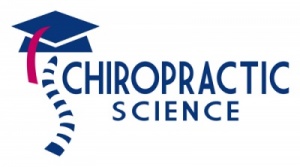

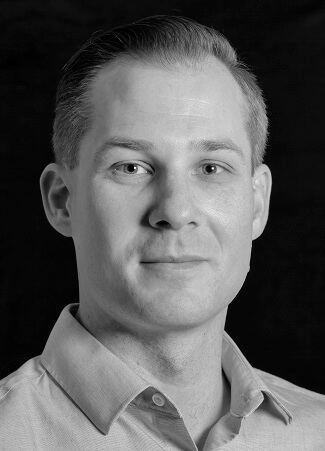
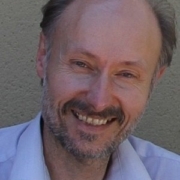
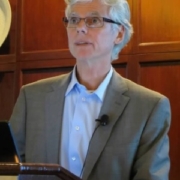
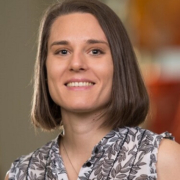
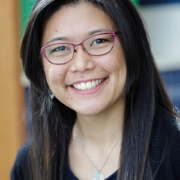
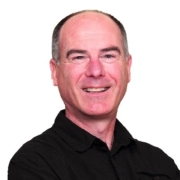
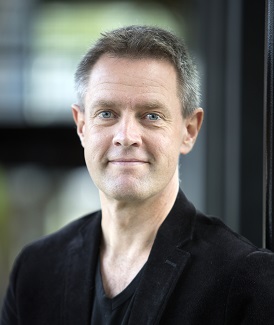
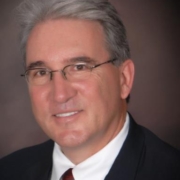
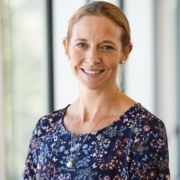
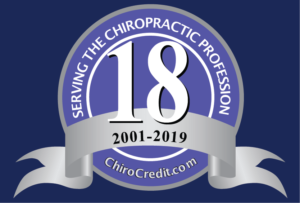



Leave a Reply
Want to join the discussion?Feel free to contribute!